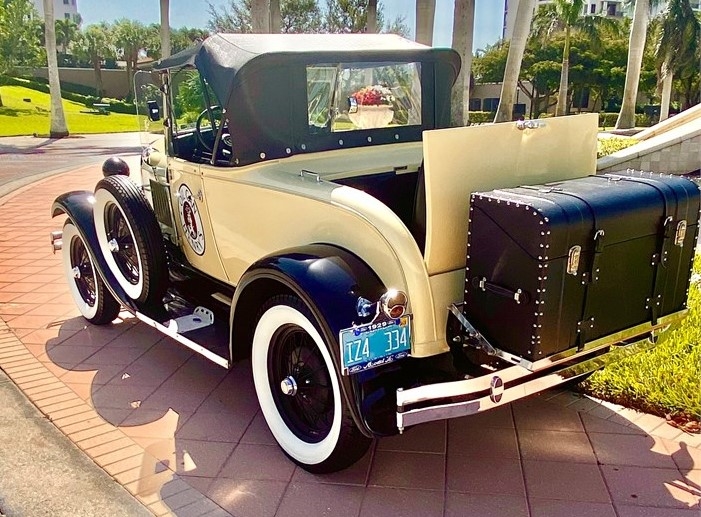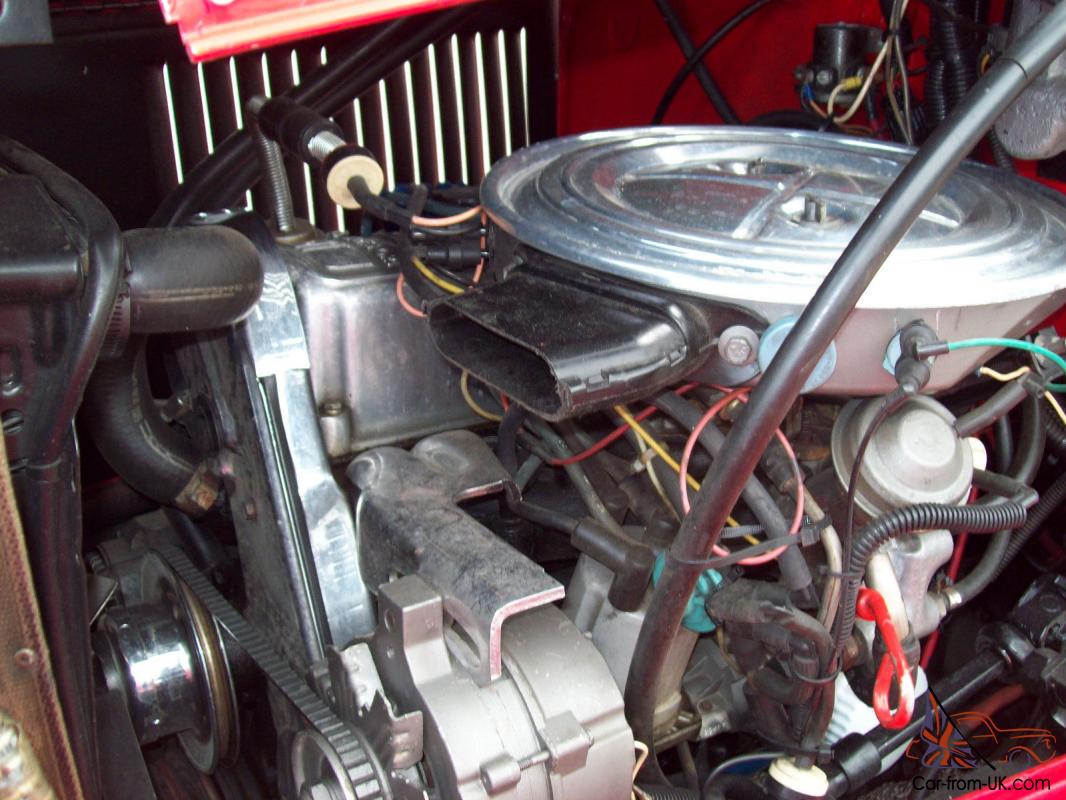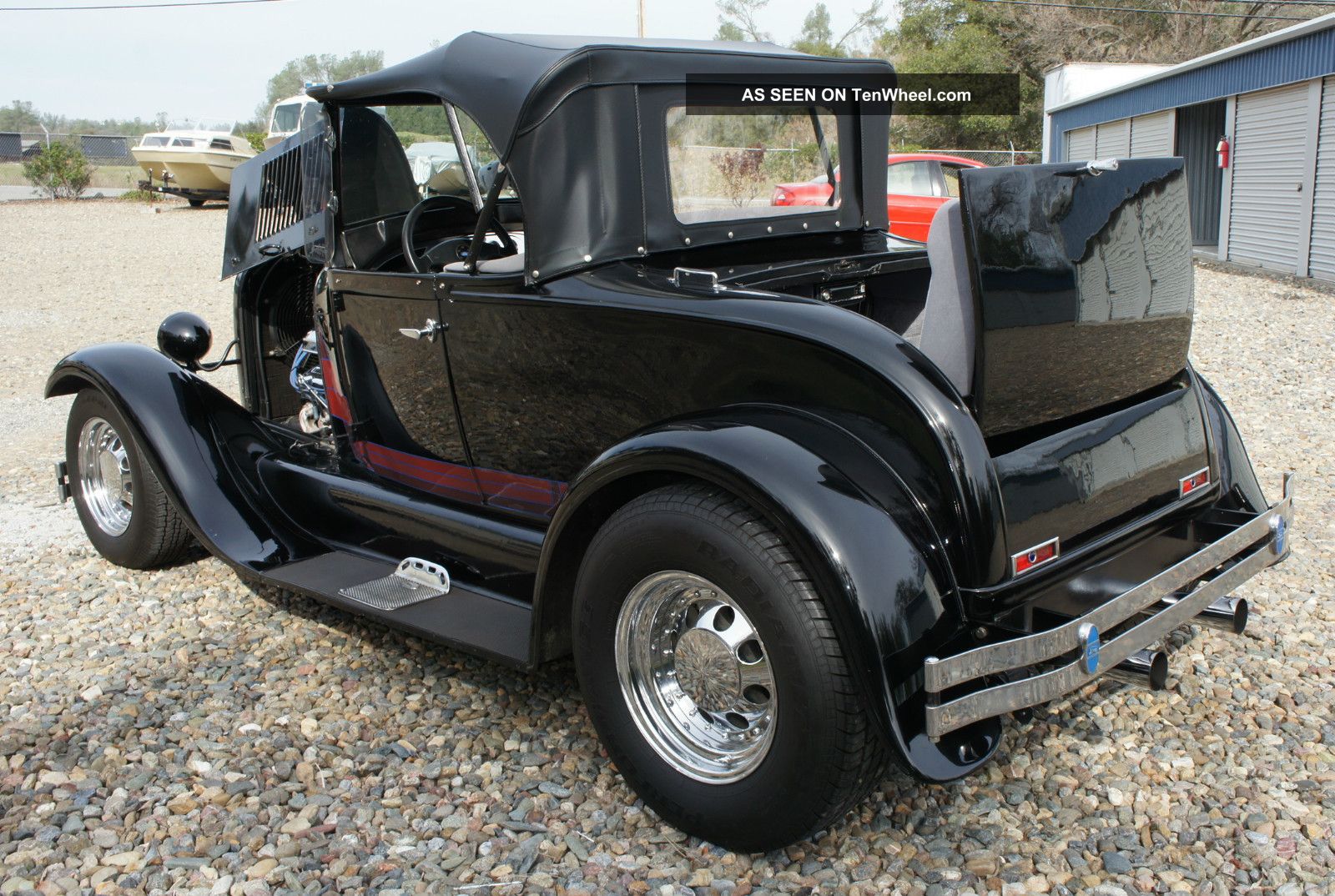1929 Oh Shay Roadster Parts For Sale – The idea that everything has a price, and that everything is for sale, may seem like a grim outlook, but it’s one that has become increasingly true. Thrift stores often carry a wide variety of goods, from clothing and accessories to furniture, books, and electronics, and each item comes with its own story. Quality goods transcend trends and fleeting fads. Business brokers play a key role in facilitating the transaction by acting as intermediaries between the buyer and seller. It may have been passed down, carefully preserved, and lovingly maintained. In times of financial hardship, such as during recessions or periods of high unemployment, more people may turn to second-hand goods as a way to save money. In the end, the real challenge is to navigate this world — to understand the forces of commerce that shape our lives, while holding onto those things that remain beyond the reach of money. For instance, businesses in industries such as technology, renewable energy, or e-commerce may attract more buyers due to their perceived growth potential. There is also a growing trend of upcycling and repurposing second-hand goods, where items that may no longer serve their original purpose are transformed into something new and useful. The items placed for sale are not merely commodities; they are often vessels of memories, symbols of past achievements, or representations of something bigger than the price tag they carry. In a world dominated by fast fashion, disposable electronics, and mass-produced items, many people are beginning to question the value of constantly purchasing new products. Self-help books and motivational speakers promise to sell us the tools to fix ourselves, to buy into a better version of who we could be. The idea that everything is for sale works to perpetuate inequality, as those with the most resources can continue to amass power and wealth, while others are left to scramble for what little they can get. The materials, labor, and expertise that go into crafting these items naturally make them more expensive. The digital age has also transformed the way things are bought and sold. In this sense, online second-hand markets have not only made pre-owned goods more accessible but have also made them more desirable, offering an alternative to the mass-produced, one-size-fits-all nature of new products. On the other, there’s the challenge of assessing the true value of a business, navigating the complex negotiations, and ensuring that the business is a sound investment in terms of both its financial health and its long-term viability. This desire for items with character and a story behind them has contributed to the growing appeal of second-hand goods. This pride comes not just from the product itself, but from knowing that you are supporting a tradition of craftsmanship and care. With the rise of online platforms and a growing cultural shift toward sustainability, the second-hand market continues to thrive, providing consumers with more options and opportunities than ever before.

SHAY MOTORS CORPORATION 1929 FORD MODEL A ROADSTER REPLICA available
Future investmentprecise manufacturingproduct innovationrigorous engineering
Ford 1929 Model A Shay Classic Ford Model A 1929 for sale
Future investmentprecise manufacturingproduct innovationrigorous engineering

FORD MODEL A 1929 ROADSTER REPLICA BY SHAY MADE IN 1980
Future investmentprecise manufacturingproduct innovationrigorous engineering
Ford 1929 Model A Shay Classic Ford Model A 1929 for sale
Future investmentprecise manufacturingproduct innovationrigorous engineering

Custom 1929 Ford Roadster Hotrod Fiberglass Body Shay Reproduction
Future investmentprecise manufacturingproduct innovationrigorous engineering
Ford 1929 Model A Shay Classic Ford Model A 1929 for sale
Future investmentprecise manufacturingproduct innovationrigorous engineering

FORD MODEL A 1929 ROADSTER REPLICA BY SHAY MADE IN 1980
Future investmentprecise manufacturingproduct innovationrigorous engineering

1929 Ford Model A Shay Roadster
Future investmentprecise manufacturingproduct innovationrigorous engineering

1929 Shay Model A Reproduction Blue 4 Speed 14K Miles
Future investmentprecise manufacturingproduct innovationrigorous engineering

Custom 1929 Ford Roadster Hotrod Fiberglass Body Shay Reproduction
Future investmentprecise manufacturingproduct innovationrigorous engineering
The democratization of commerce has opened up opportunities for millions of people, giving them the chance to pursue their dreams and create their own paths to success. At its core, “for sale” signifies that something is available for purchase, but beyond that, it tells a story of desire, exchange, and transition. Many sellers of second-hand electronics offer refurbished items, which have been inspected, repaired, and restored to a like-new condition. One common concern is the risk of purchasing items that are damaged or not as described. The longer something is used, the less likely it is to contribute to the growing problem of waste. In addition to individual sales, online marketplaces often feature businesses and professional sellers who specialize in second-hand goods, providing buyers with a curated selection of high-quality items. Many everyday products, such as kitchenware, footwear, and tools, can also be considered quality goods, provided they are made to last and perform well over time. These items are often crafted with a sense of purpose, where every stitch, joint, and component is carefully considered to create a product that not only functions well but looks beautiful in the process. The decision to sell an heirloom piece of furniture, for example, can be emotionally complex, as it involves a shift in one’s connection to the past. Similarly, in relationships, individuals may feel as though they are selling themselves, presenting their best qualities and hoping for the best outcome. The market for second-hand goods is also influenced by societal trends and economic conditions. Once an agreement is reached, the final step is the legal transfer of ownership. For those on a budget or looking to stretch their money further, second-hand markets provide an opportunity to purchase goods that would otherwise be out of reach. Second-hand items are typically sold for a fraction of their original price, making them an attractive option for individuals on a budget. This shift from a linear economy, where products are made, used, and disposed of, to a circular one, where products are continually reused and repurposed, is a step towards a more sustainable and environmentally friendly world. For the seller, the goal is to achieve the highest price possible for the business, while for the buyer, the goal is often to secure a fair price that reflects the true value of the business. Whether through local thrift stores, online marketplaces, or garage sales, the option to buy pre-owned items has created a flourishing market that continues to grow. Additionally, brick-and-mortar thrift stores and consignment shops provide a more traditional avenue for selling second-hand goods. These generations are more aware of the environmental impact of fast fashion, disposable goods, and the need to adopt more sustainable practices. Social movements and grassroots organizations work tirelessly to provide resources and support to those who need it, often without expecting anything in return.
For the seller, there is the risk that they may not be able to find a buyer who is willing to pay the desired price, or that the sale may not go through as planned. It’s a constant negotiation, where both parties seek to align their perceptions of worth and reach an agreement that satisfies both sides. From designer labels to quirky, eclectic finds, second-hand clothing offers a wealth of variety and style at a fraction of the price of new items. For some, selling something may feel like a sacrifice, while for others, it may feel like an investment in their future. Some businesses are sold because the owner is ready to retire, while others might be sold due to financial difficulties or changes in the owner’s personal or professional life. Quality goods stand in stark contrast to this cycle. Many high-quality products come with a rich history, whether it’s the legacy of a renowned brand or the personal touch of a local maker. Upcycling is a great way to make the most out of second-hand goods, adding both value and meaning to the items that are being repurposed. The rise of online platforms has transformed the way second-hand goods are bought and sold. The idea of “buying quality” is not just a luxury; it’s a mindset that encourages consumers to think beyond the momentary gratification of cheap purchases and focus instead on long-term value and satisfaction. This creative process not only gives new life to old objects but also encourages people to think outside the box when it comes to the things they buy and use. Each item was unique, and the quality was immediately apparent to the buyer. The story behind the item becomes part of its value, adding an emotional dimension to its physical form. There are communities that exist outside the realm of traditional commerce, where sharing, collaboration, and mutual support take precedence over profit. However, it’s also important to recognize the darker side of this freedom. The process of selling it can be seen as a form of letting go, a recognition that the future may look different from the past, but that doesn’t diminish its importance or value. Beyond financial savings and environmental impact, second-hand goods also offer a sense of nostalgia and connection to the past. For many people, there is something uniquely satisfying about sifting through racks of clothes, rummaging through bins of books, or browsing shelves of home goods in search of that perfect item. It’s a small but significant way to make a positive impact on the planet, especially when one considers the volume of waste generated by fast fashion, electronic waste, and disposable goods. It’s about change, opportunity, and the negotiation of value.